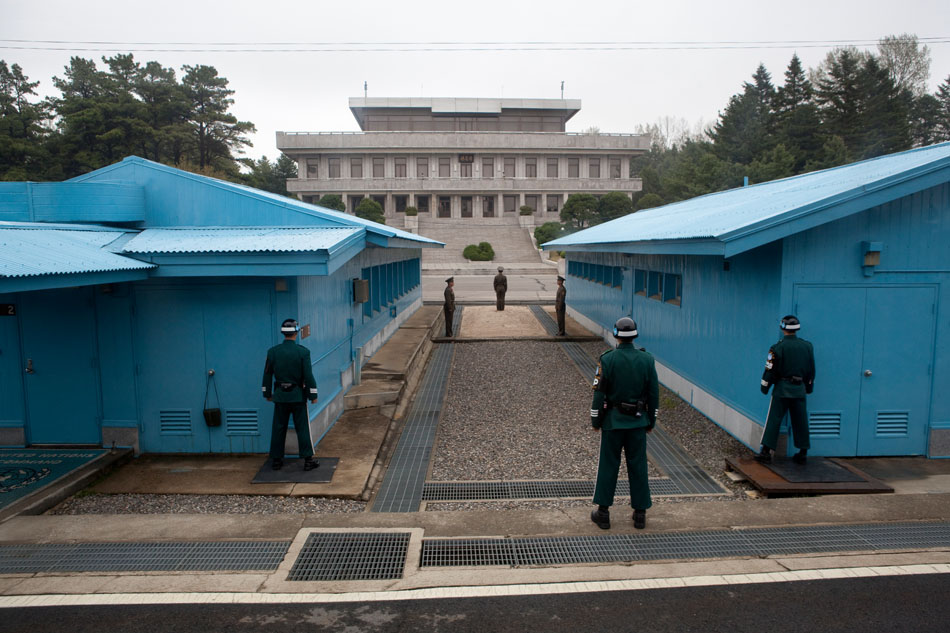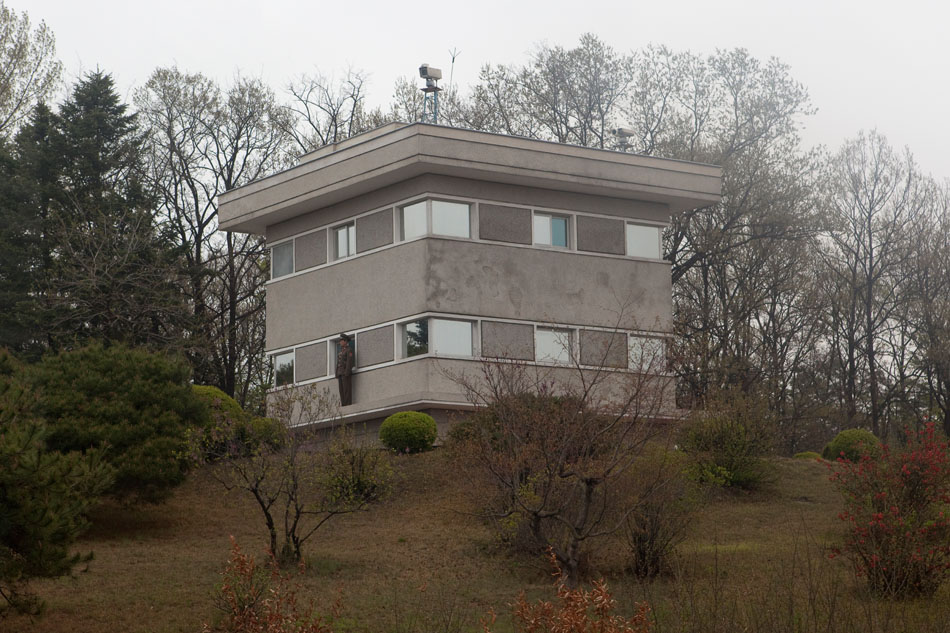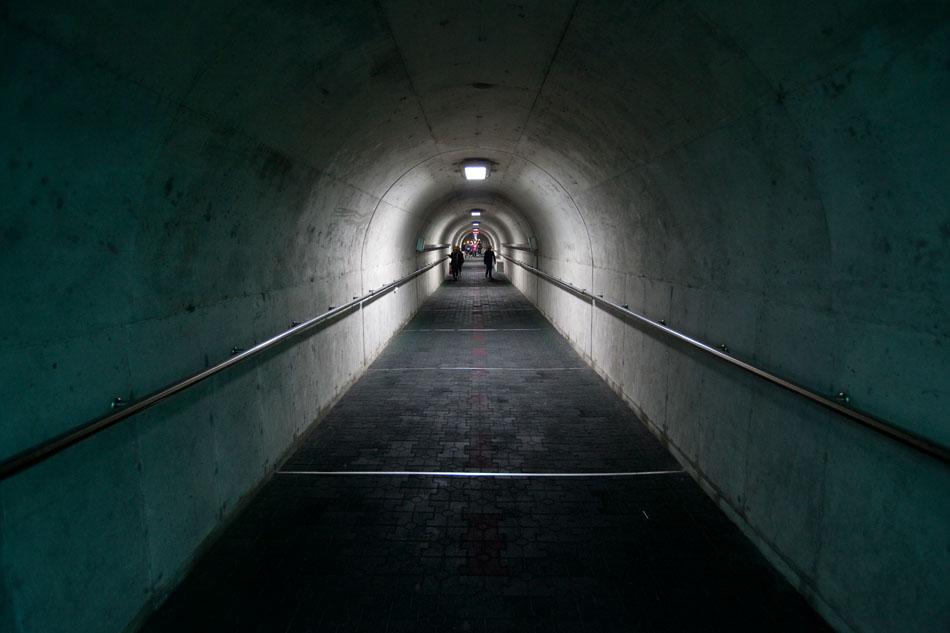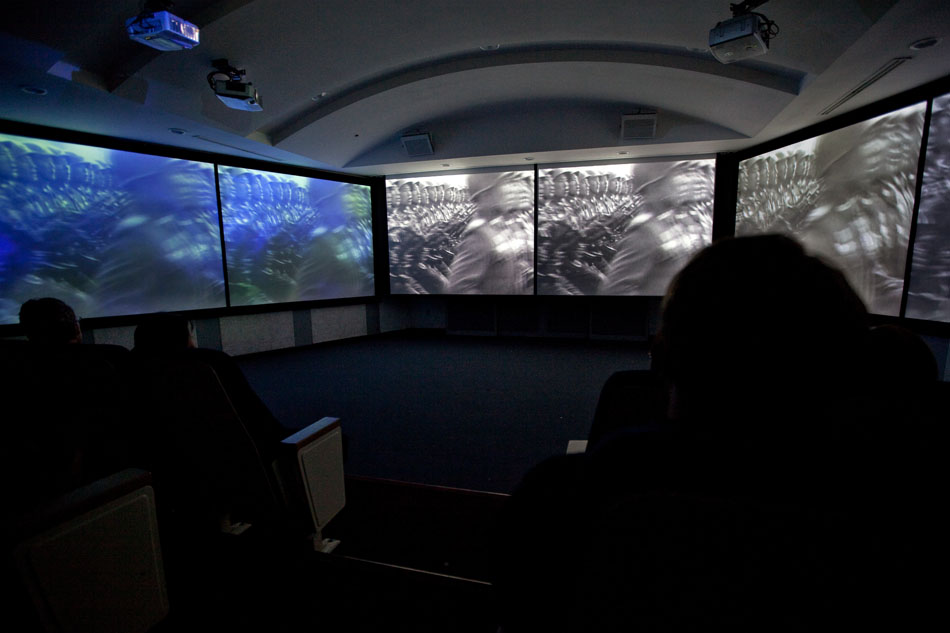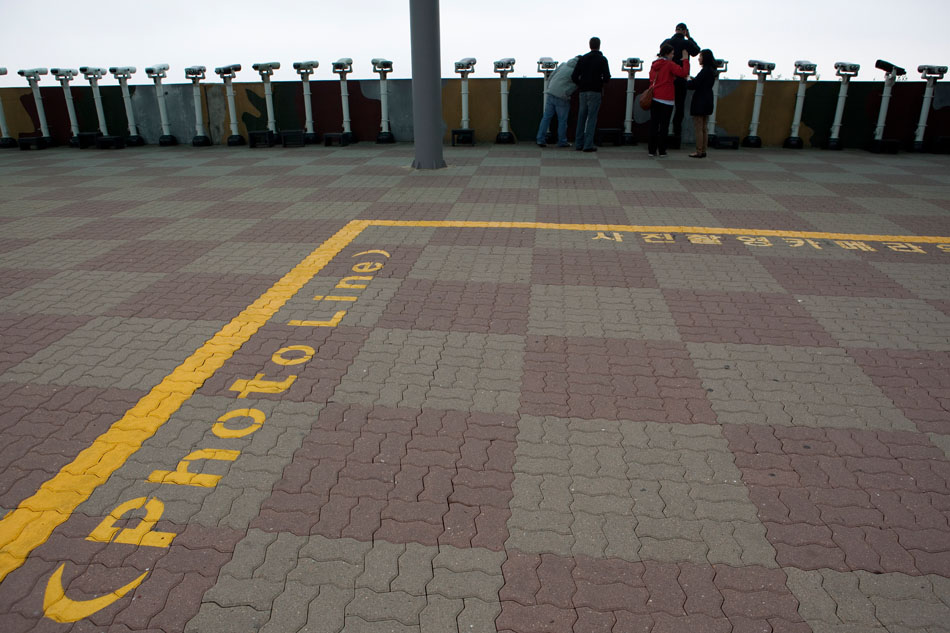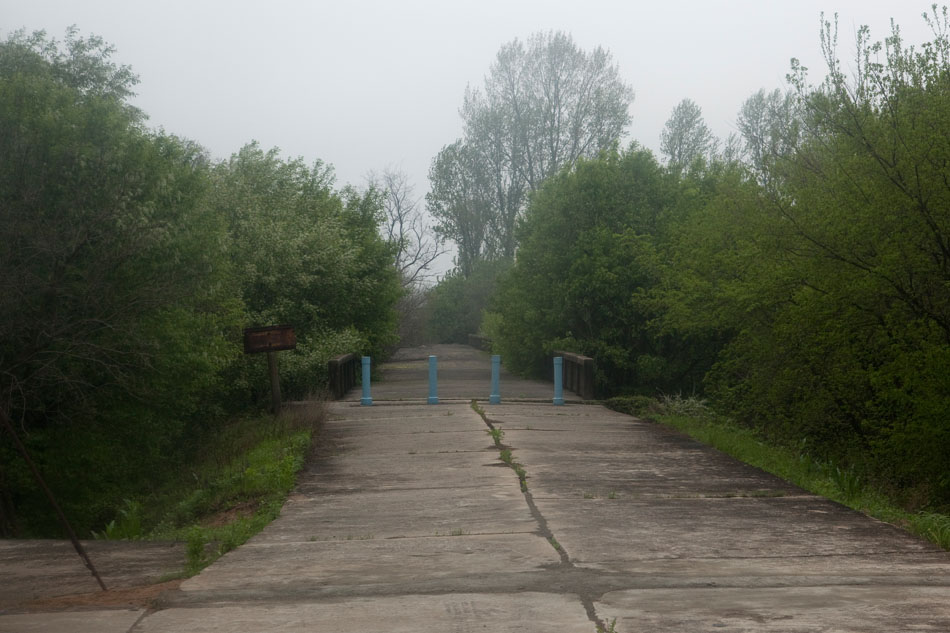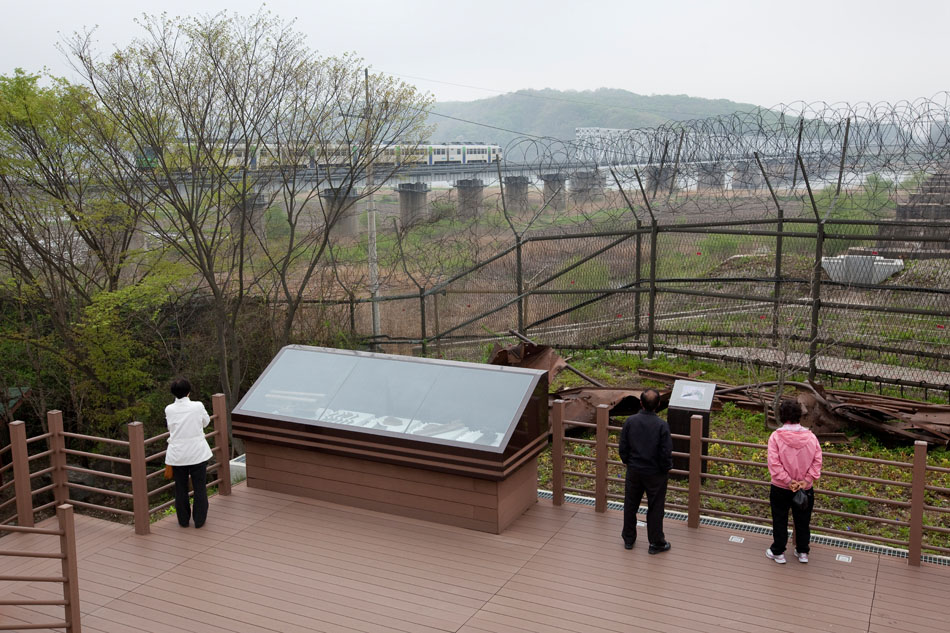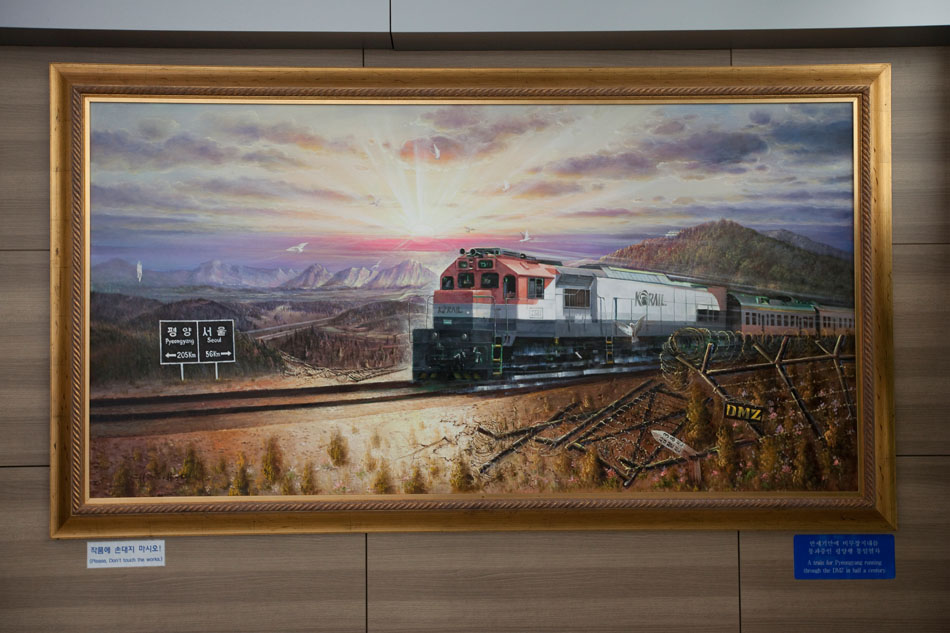Oct 13, 2013 | Society
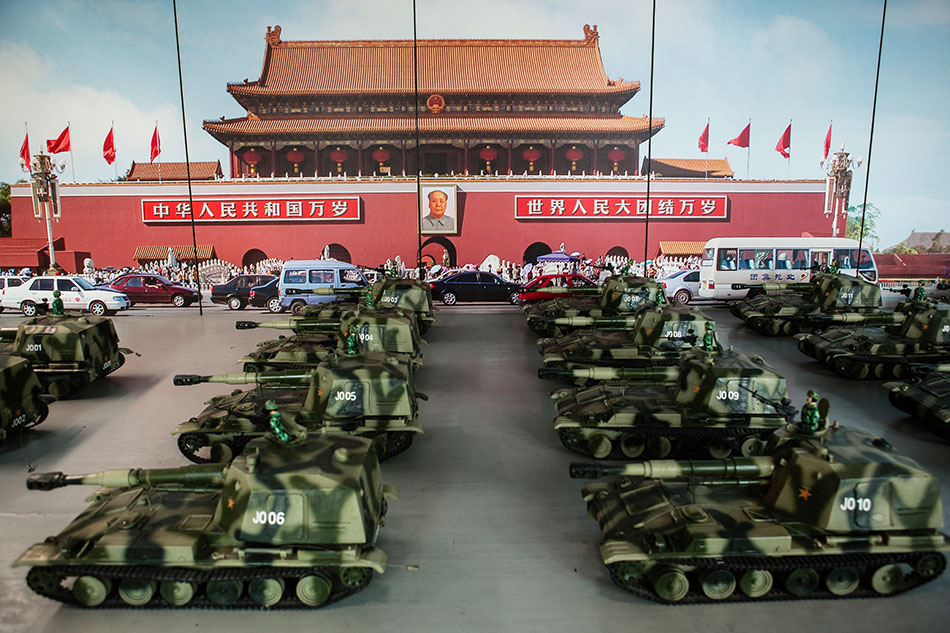
The military parade for the sixtieth anniversary of the founding of the People’s Republic of China was held on October 1, 2009. It took months of preparation. Over 10,000 troops and all manner of tanks, artillery, missiles, and aircraft processed down the Avenue of Eternal Peace with Chinese Communist Party leaders observing from Tiananmen Gate. The highly coordinated spectacle was one of the largest demonstrations of China’s growing military strength to date, clearly signaling the country’s intentions to take its place amongst the great world powers. The grand symbolic gesture was then immortalized in military museums and theme parks around China, but none more so than the Hengdian National Defense Technology Education Park. It displays an exact replica of every soldier, vehicle, and aircraft that took part in the march. Many of them sport distinguishing features like the Terracotta warriors that still stand testament to the armies of Qin Shi Huang, the first emperor of China. The massive diorama stretches for hundreds of meters and celebrates a militant nationalism that continues to seep into the core of Chinese society. China’s emergence as a world power is seen by many as a rightful status reclamation after centuries of humiliation at the hands of the West and other neighboring countries. There is little to stop them either.
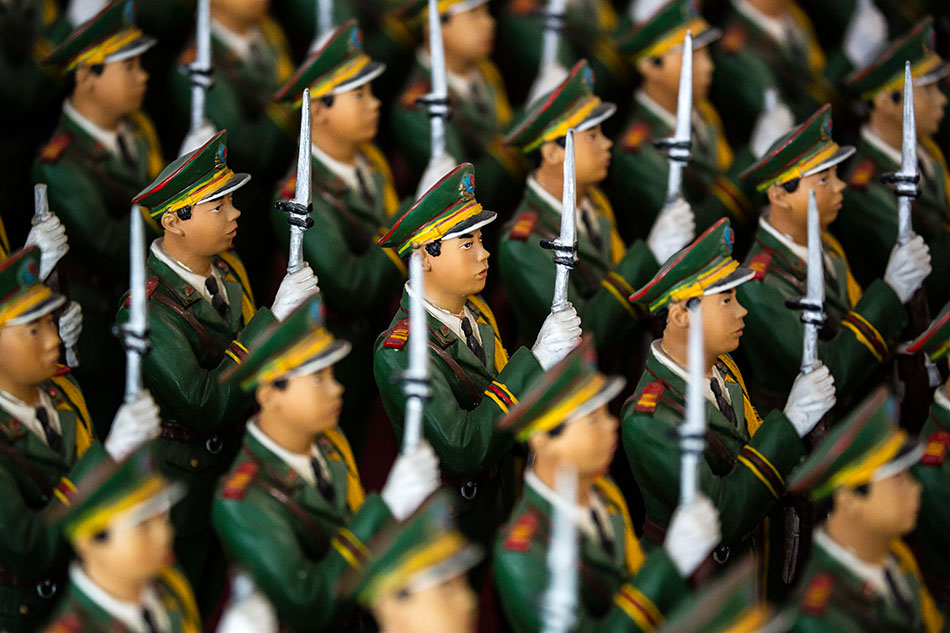
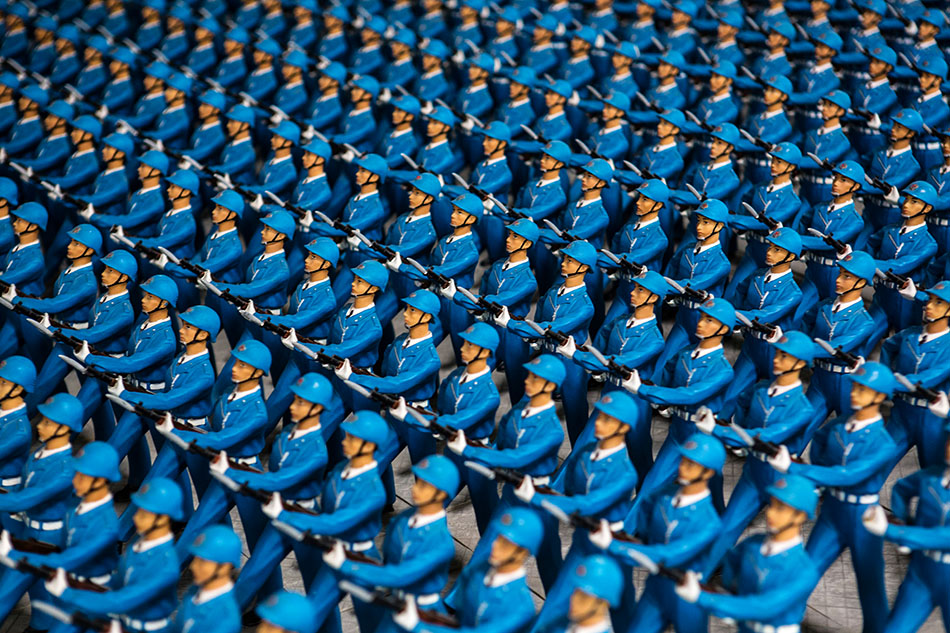
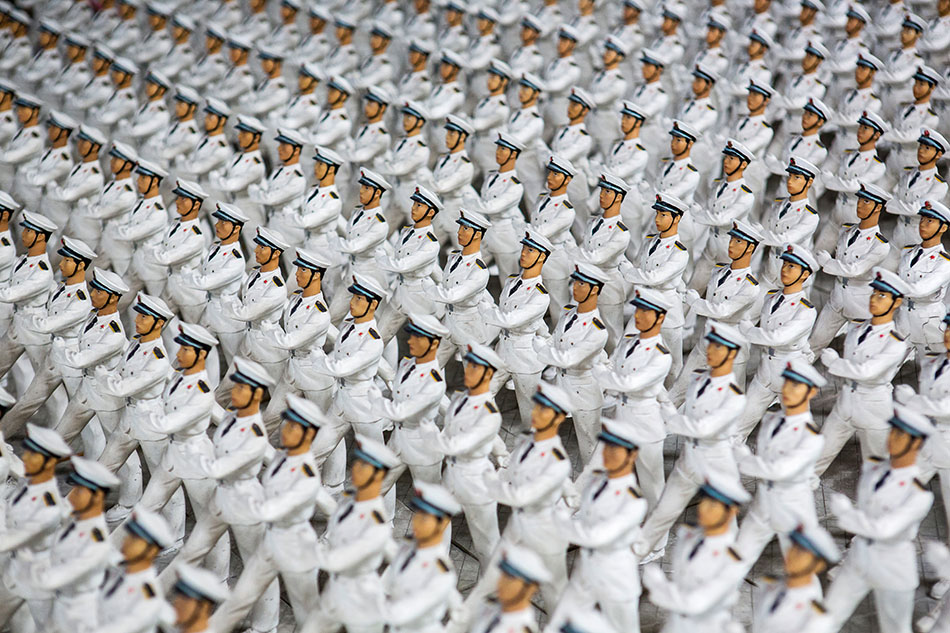
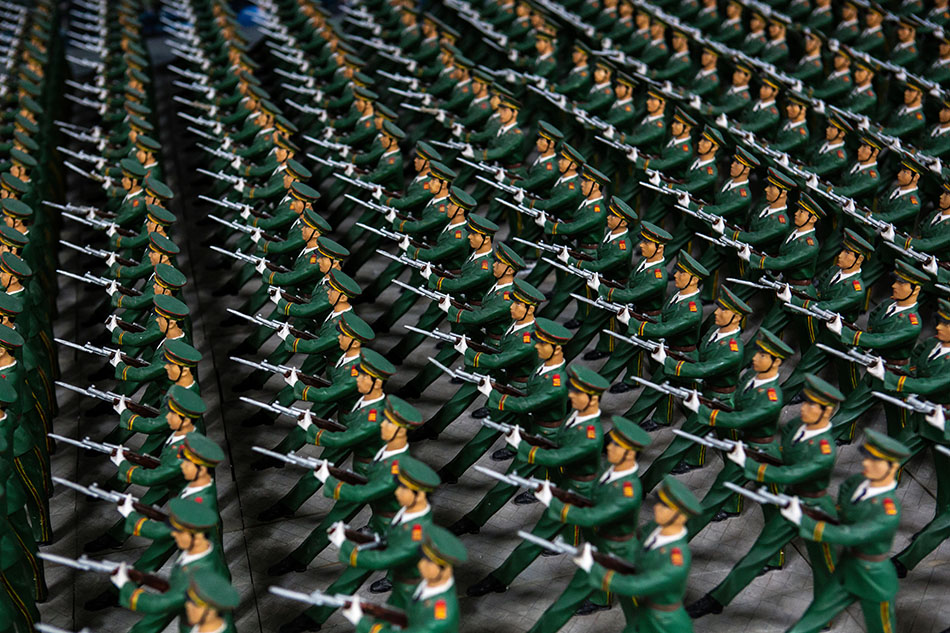
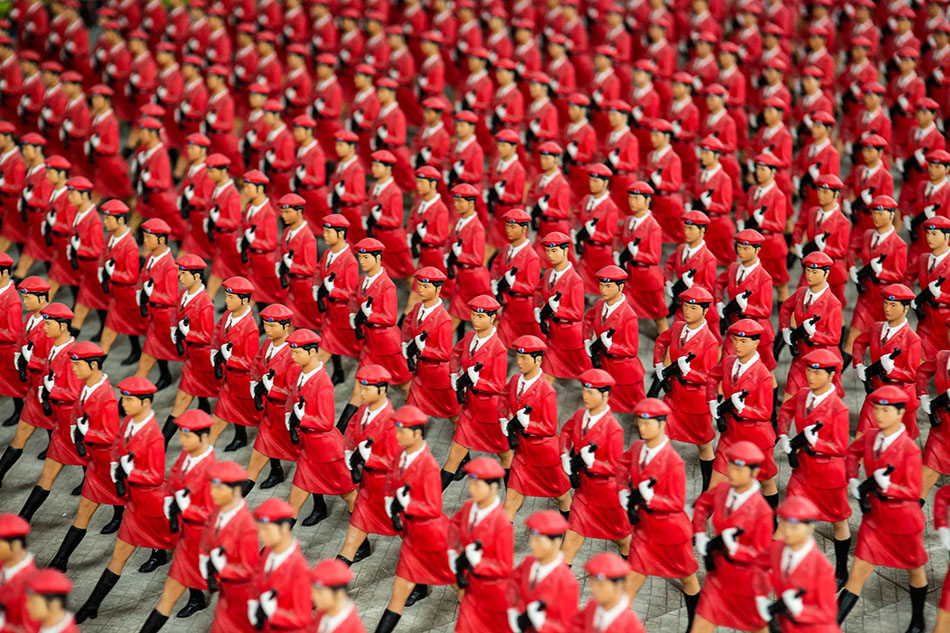
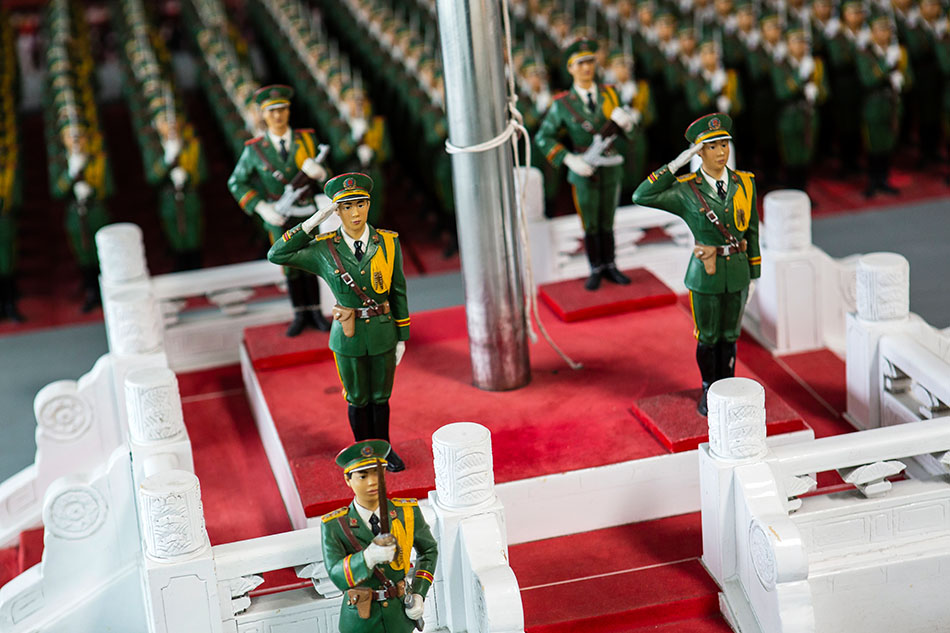
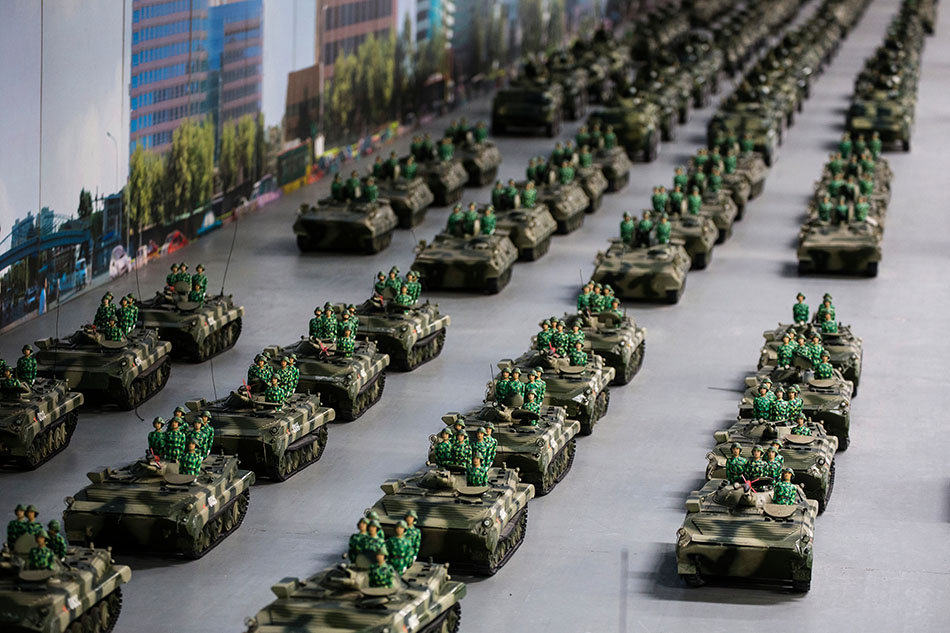
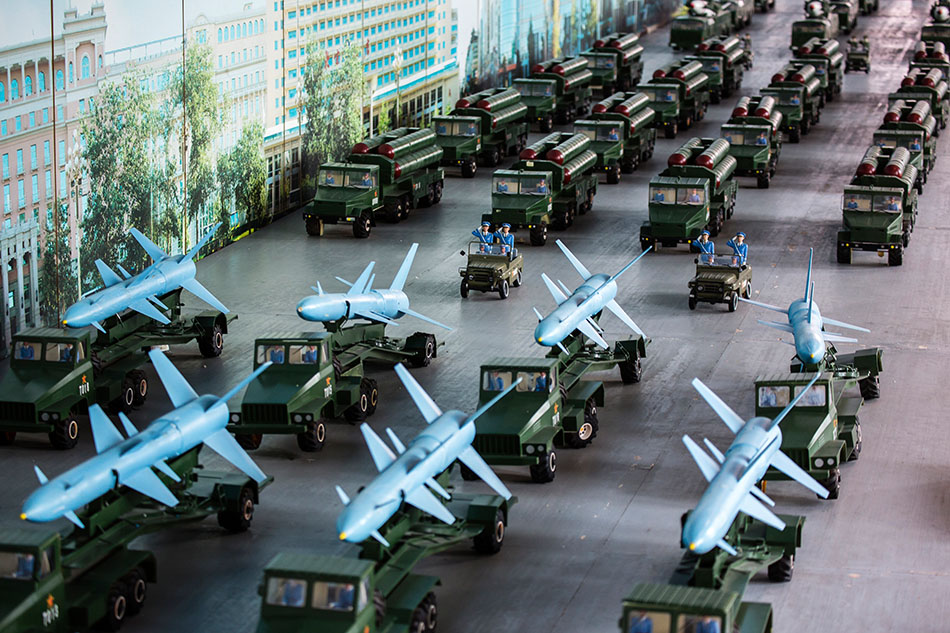
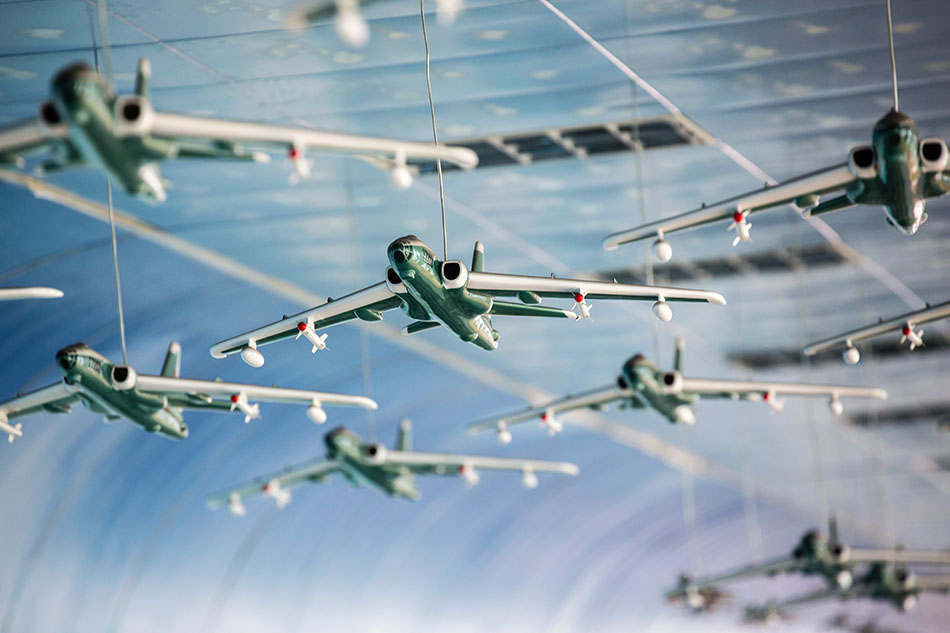

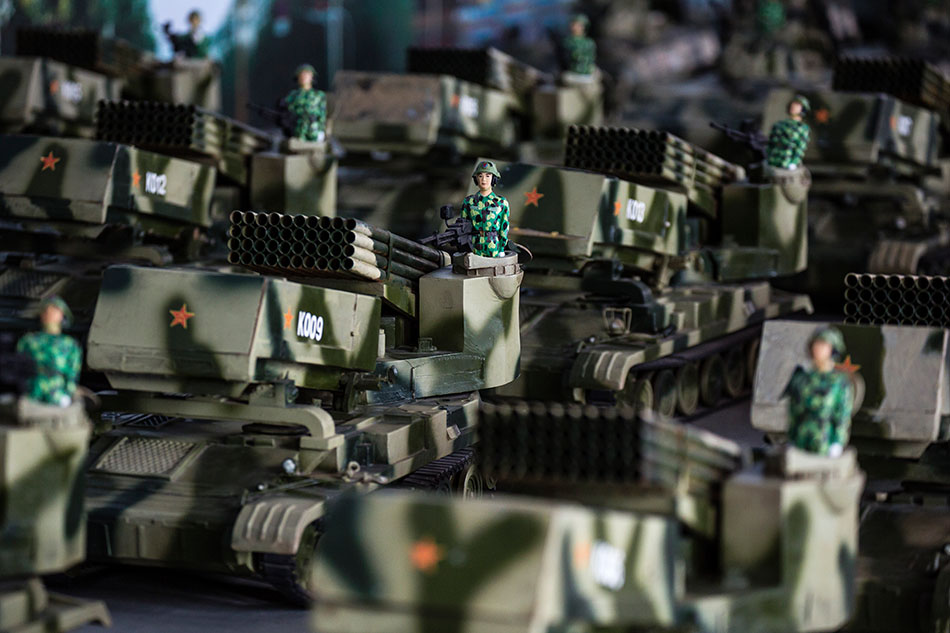
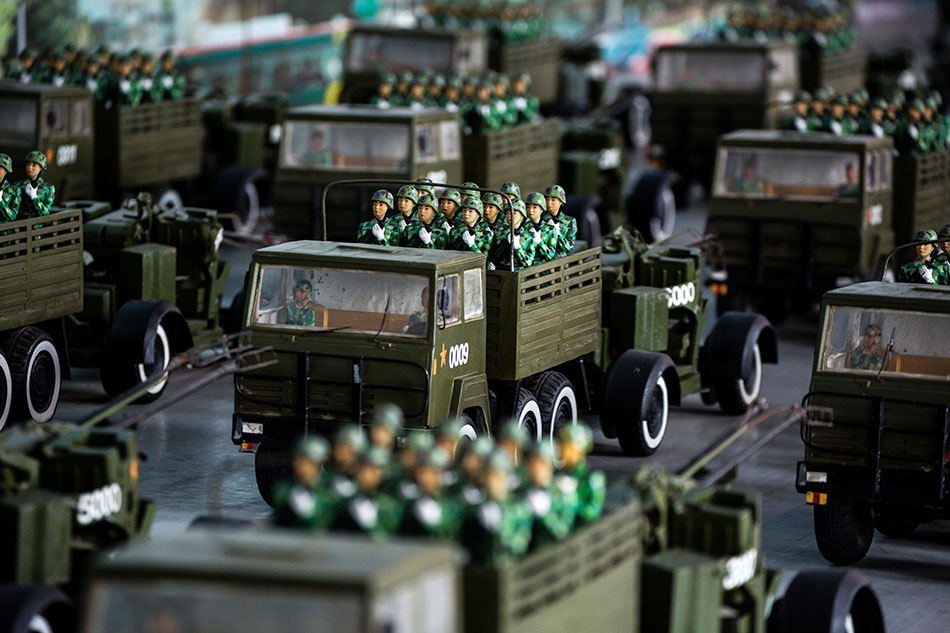
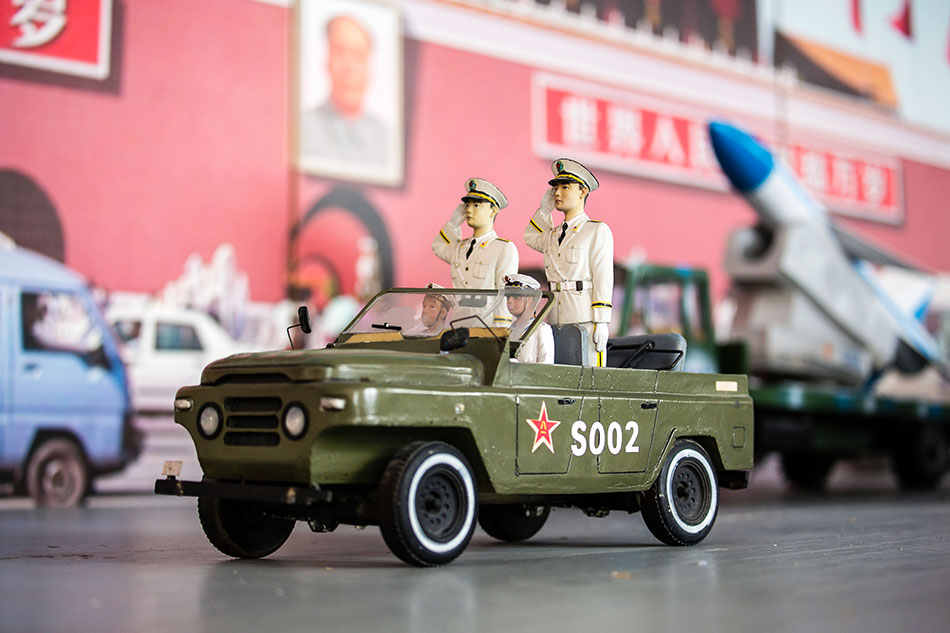
Mar 4, 2013 | Counterfeit Paradises, Society, Uncategorized

Chinese nationalism continues to peak with the country’s emerging status as a world power, even if its military technology remains decades behind other nations. In 2012 the People’s Liberation Army christened its first aircraft carrier, the Liaoning, which in actuality is a retrofitted Soviet aircraft carrier, the Varyag. Right now the Liaoning is still years away from being fully operational. It was only recently that a Chinese-manufactured J-15 fighter jet successfully landed on and took off from the aircraft carrier. In open battle the Liaoning would be a large, rather useless, sitting target, but symbolically it is still very potent. Such ex-Soviet aircraft carriers also see other uses in China, including the Minsk, which is now part of the Minsk World military theme park near Shenzhen. Here Chinese patrons can wander exhibits extolling the prowess of the People’s Liberation Army and indulge in other martial fantasies. It is the perfect place to fantasize about China’s future military potential, especially with all the saber rattling occurring over the Diaoyu Islands.
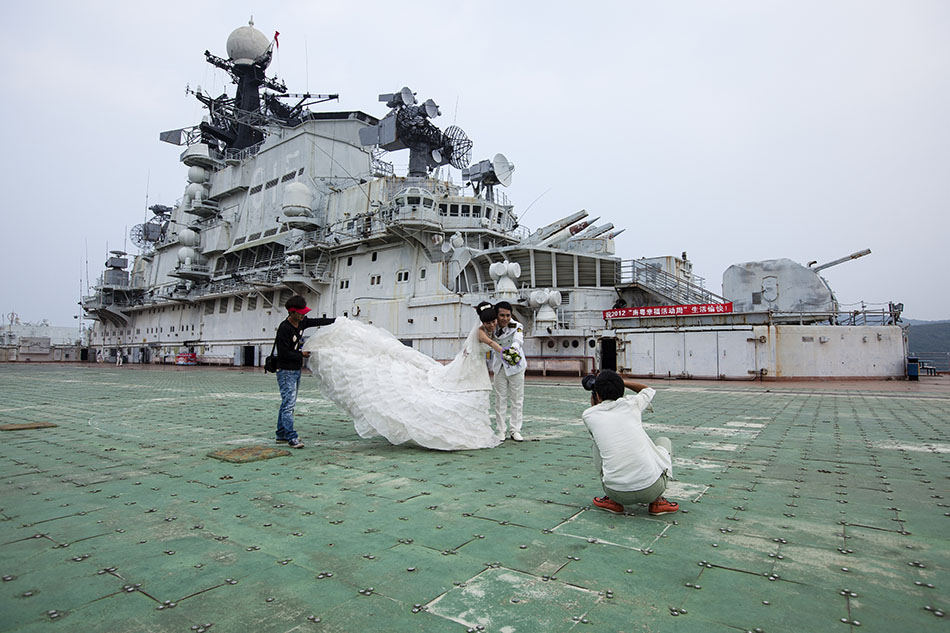

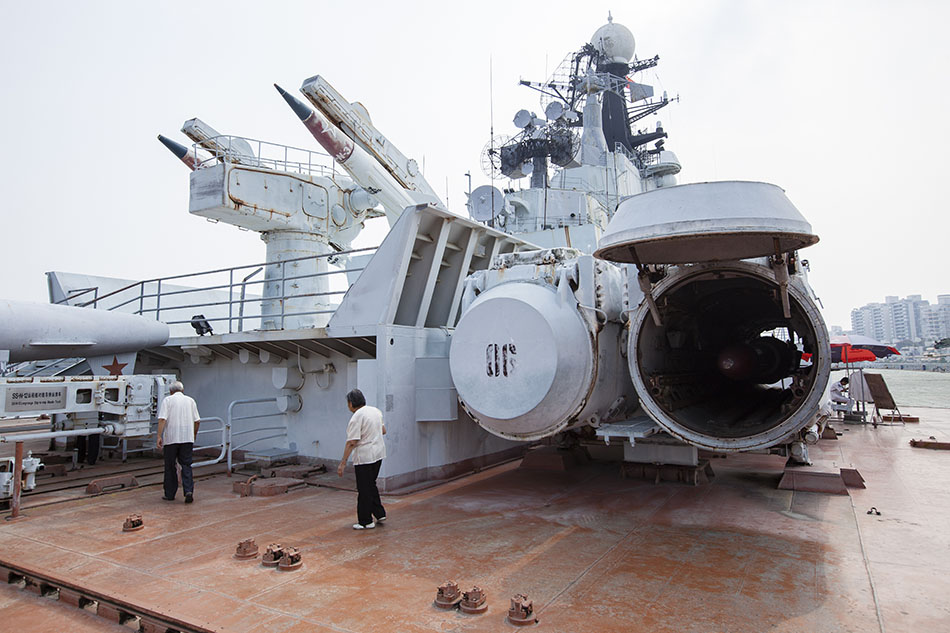
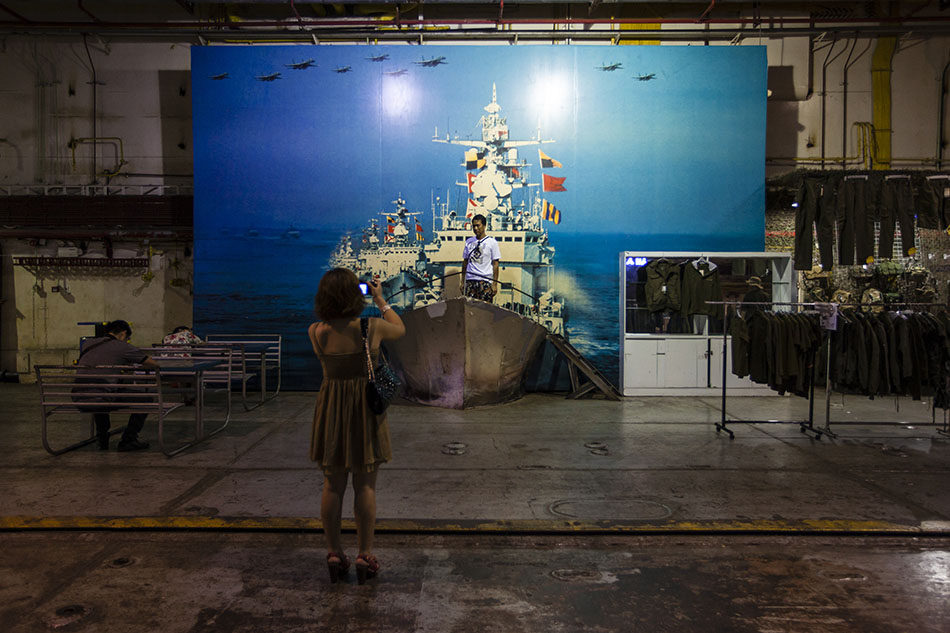
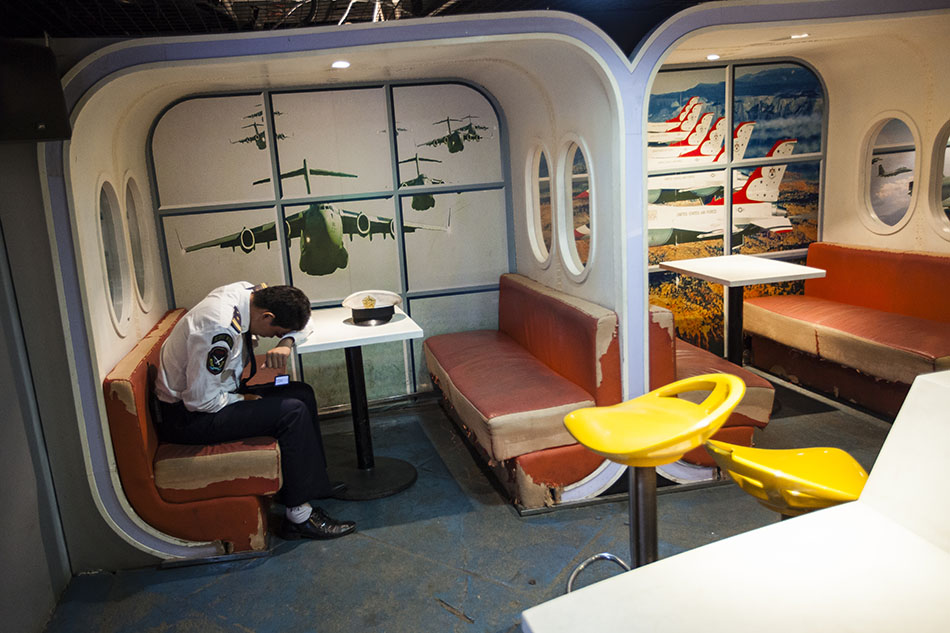
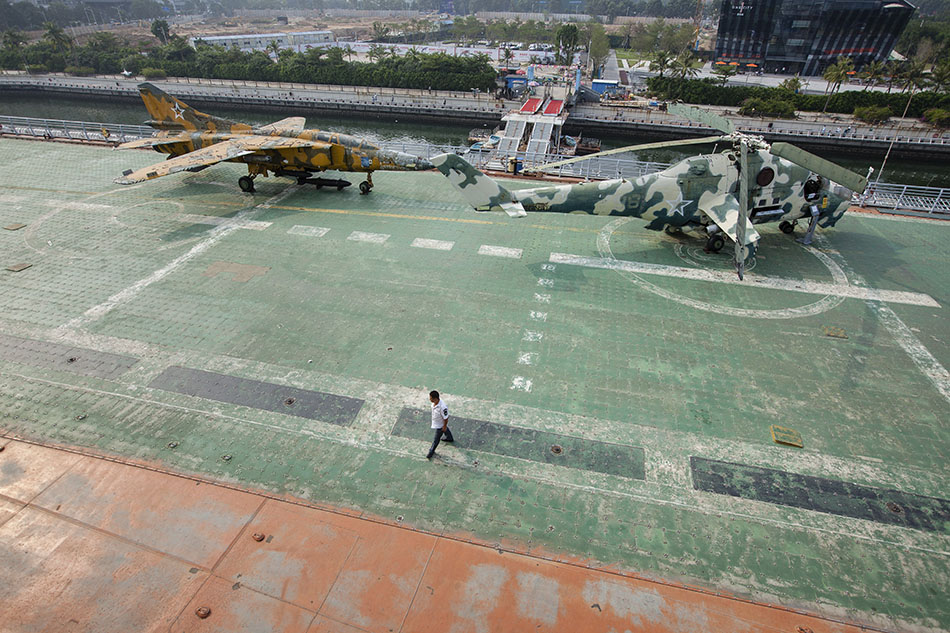

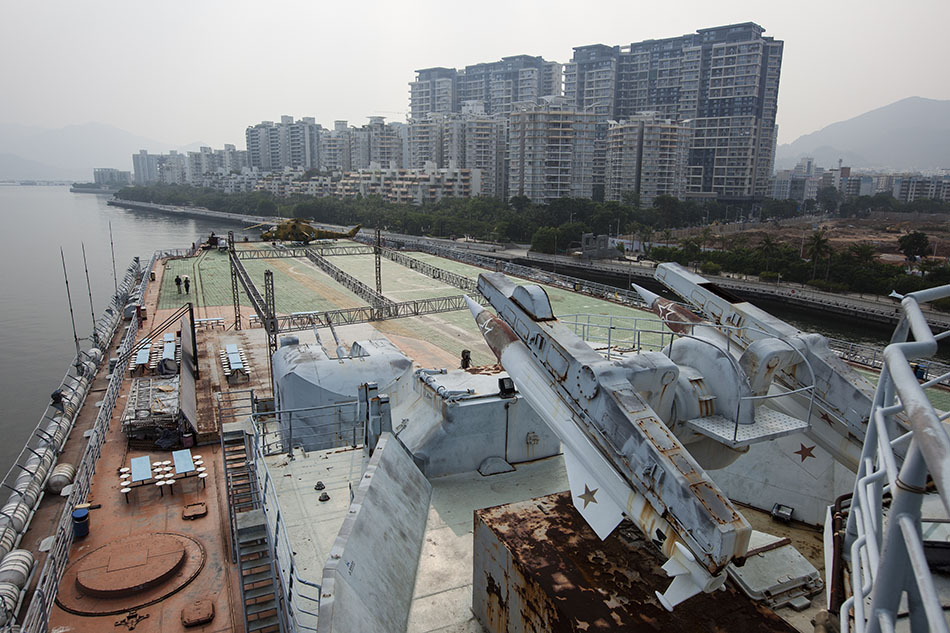
May 10, 2010 | Society, Travel
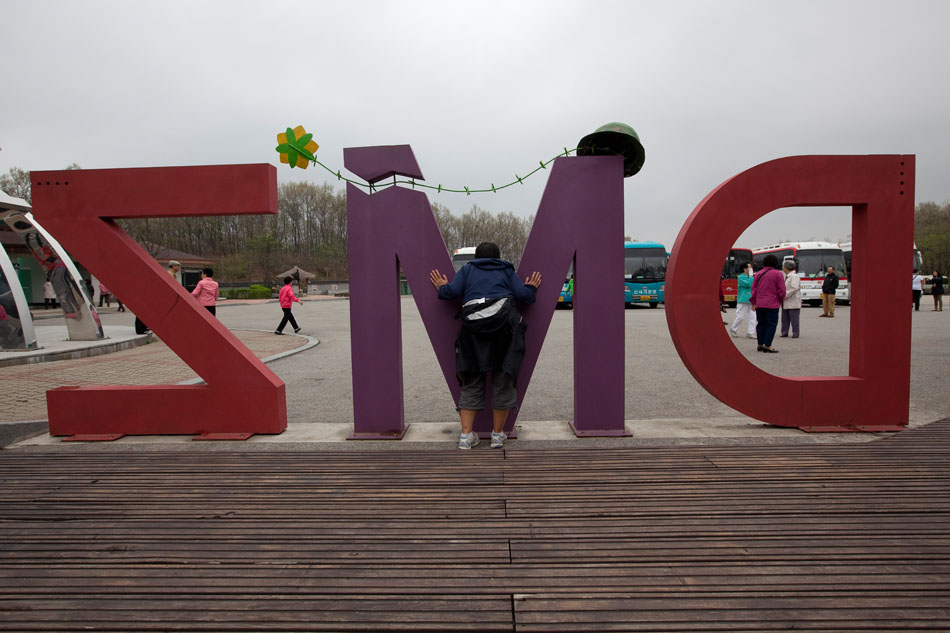
Easily the most heavily guarded border in the world, the Korean Demilitarized Zone (DMZ) with the Military Demarcation Line at its center marks the last line of engagement between North and South Korea when an armistice agreement ended open fighting in 1953. Since then the DMZ remains an open sore on the Korean peninsula and a constant reminder of the tenuous relationship between the ethnically bound but politically split countries. Although numerous incidents have taken the lives of military personal in the DMZ over the years, South Korea now heavily promotes the DMZ as a tourist destination within easy reach of Seoul. Domestic and international sightseers spend the day in the Joint Security Area within plain sight of North Korean guards before hitting up gift shops, the DMZ Pavilion, unearthed North Korean incursion tunnels and other noteworthy sites. Tours then end in Dorasan Station, a modern but unused train station built near the DMZ as a gesture by South Korea to express their wish for peaceful reunification. Such hopes continue to be set back, however, as South Korea is now blaming North Korea for the sinking of a naval ship in March that took the lives of 46 South Korean sailors.
